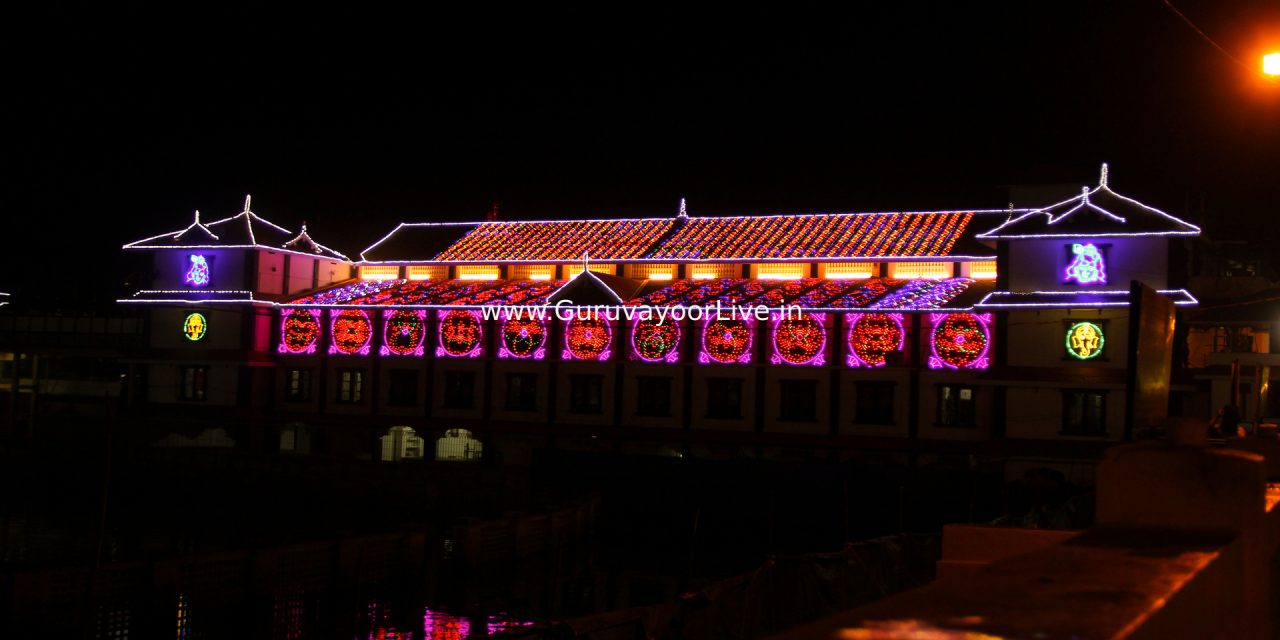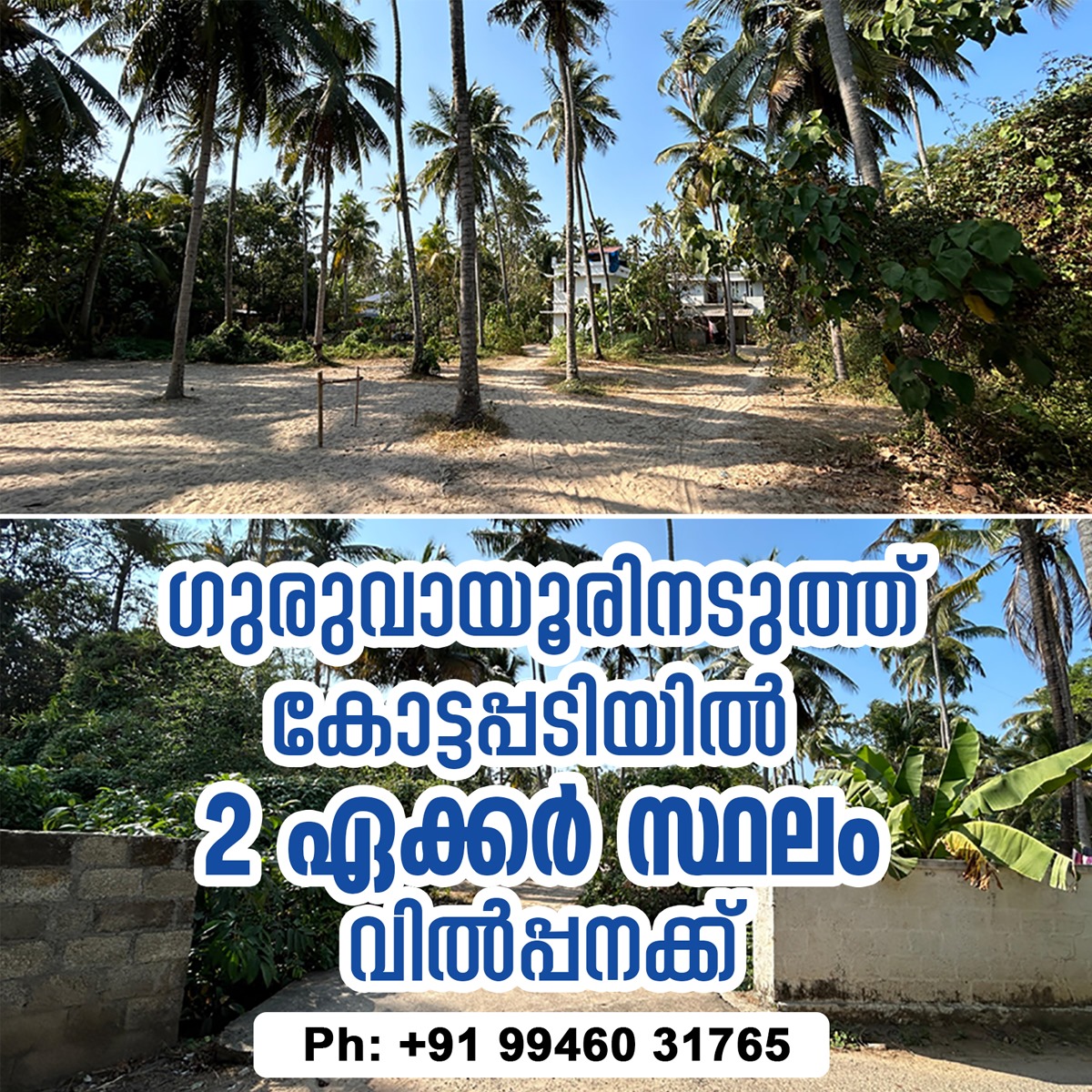

The History Of Temple Entry Proclamation
Kerala has witnessed many social movements in its lengthy history. It was once in the grip of many antiquated beliefs and customs. The progress from those oppressive habits came from the work of many activists and movements. The Kshetra Pravesana Vilambaram (Temple Entry Proclamation) of Thiruvithamkoor on 12 November 1936 is an unforgettable page in the history of Kerala, when it comes to the rennaissance. It was almost the death knell for the racial prejudices that had been prevailing in the Kerala society until then. The proclamation was made by the erstwhile and the last king of Thiruvithamkoor, Sri Chithira Thirunal Rama Varma. On his 24th birthday, he proclaimed that all Hindus by birth or faith, despite their castes, will be allowed entry to all temples under the governance of Thiruvithamkoor government. The event charted a new course in the history of Kerala and India. The Temple Entry Proclamation issued by Maharaja Chithira Thirunal Balarama Varma in 1936 abolished the ban on the so-called ‘low-caste people’ or avarnas from entering Hindu temples in the Princely State of Travancore . The proclamation was a milestone in the history of Travancore and later in rest of Kerala as well. Today, the Temple Entry proclamation day is considered as social reformation day by the Government of Kerala. The proclamation was made by the erstwhile and the last king of Thiruvithamkoor, Sri Chithira Thirunal Rama Varma. On his 24th birthday, he proclaimed that all Hindus by birth or faith, despite their castes, will be allowed entry to all temples under the governance of Thiruvithamkoor government. The event charted a new course in the history of Kerala and India. The temple entry proclamation was the end result of the many crusades led by the social activists against the casteism and the racial prejudices. The Ezhava Memorial, Vaikom Satyagraha, Nivarthana Prakshobam and Guruvayoor Satyagraha had already triggered many waves in the Kerala society and the temple entry proclamation was a perfect successor to them. In the wake of these movements, Chithira Thirunal created a committee to study the different aspects of allowing the untouchables entry to temples in 1932. Later in 1934, it was decided that every public roads and inns and wells in the kingdom could be used by people of all castes. In 1936 November, as per the advice of Gandhi, a petition signed by 50,522 Hindus of forward castes was submitted to the king. The favourable decision of the committee and the huge public support to the cause encouraged the king to carry out the proclamation. The proclamation excited not only the people of Thiruvithamkoor, but also those of Kochi and Malabar. Even though it took some time, the entry proclamation of Kochi on 20 December 1947 was a continuation of this. The Madras government led by T Prakasam had passed the proclamation on 12 June 1947. The Temple Entry Proclamation was praised from every corners. Gandhiji called the proclamation ‘the great wonder of modern times’. Subhas Chandra Bose and Sardar Vallabhbhai Patel hailed it as the herald of a new era in India. The universities of Benares and Andhra gifted Chithira Thirunal with honorary degrees. C Rajagopalachari opined that the proclamation brought was the dawn of a bright era in Hinduism. On the Temple Entry Proclamation and its relevance today: Why should we celebrate the jubilee of the Temple Entry Proclamation? For the same reason we celebrate Independence Day year after year. Independence from the British was something on the physical and mental planes. The Proclamation was the greatest act of moral freedom. The whole of Travancore welcomed the proclamation and supported the decision of the Maharaja. They saw his wisdom and farsightedness. They knew that what he did was for their good and that intrinsically it was the right thing to do. In their hearts, even the orthodoxy knew that keeping people away from a temple because of their caste was wrong. Which is why even the orthodoxy came out in support of Temple Entry. In one sense, the king was running a big risk. What if the ecclesiastical section had said they would no longer do pujas because of Temple Entry, what if they had refused to participate in any manner in temple rituals? "The king would have been finished." But they did not do that. They also understood that what the king was doing was ultimately for the good. That evening after the Proclamation was made: On the evening of November 12, 1936, it was announced that the people could see the king. The gates of the Kowdiar palace were thrown open, the guards withdrew and the people just kept pouring in. "The palace grounds resembled a pin cushion… only heads." There was palpable anticipation in the air. On the moral pressure exerted by Gandhiji: It is true that Gandhiji, when he came to Travancore for the Vaikom Satyagraha, met the then regent Maharani Sethu Lakshmi Bayi and asked her whether it was not atrocious that when dogs and cattle can walk the roads around temples, some men cannot? The Maharani replied that it was wrong and most unfortunate. She added that she was just a regent and that Gandhiji should pose the question to Chithira Tirunal, the future king, who was then but a boy of 12. When Gandhiji asked Chithira Tirunal whether he would throw open temples to all people, the king-in-waiting of Travancore replied in the affirmative without any hesitation. So, the thought that all men are equal and that God is the same for everyone was already there in the mind of young Chithira Tirunal. His mother fully supported this line of thinking. Moreover, his faith in his religion was very strong. In all this he was following the finest traditions of his ancestors who were Manu Vamshis. On the role of Dewan C.P. Ramaswamy Aiyar: Sir C.P. was a very able administrator. If the courage of the king was bolstered by his mother, it was CP's skills that ironed out all the practical difficulties before the Proclamation. CP foresaw all the objections that could be raised against Temple Entry and dealt with them one by one. He was also able to ensure that the actual declaration was known beforehand to only very few people. To the people of Travancore it came, therefore, as a momentous announcement. There is a famous photograph of Gandhiji at the Military Parade Ground in Trivandrum, when he addressed a large crowd subsequent to the Proclamation. In that speech he pointed out that while people called him the ‘Mahatma', it was the king of Travancore who should actually be called one. "This shows that if a man of leadership does something, the people would follow suit."








